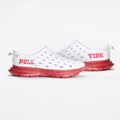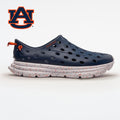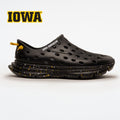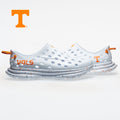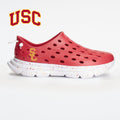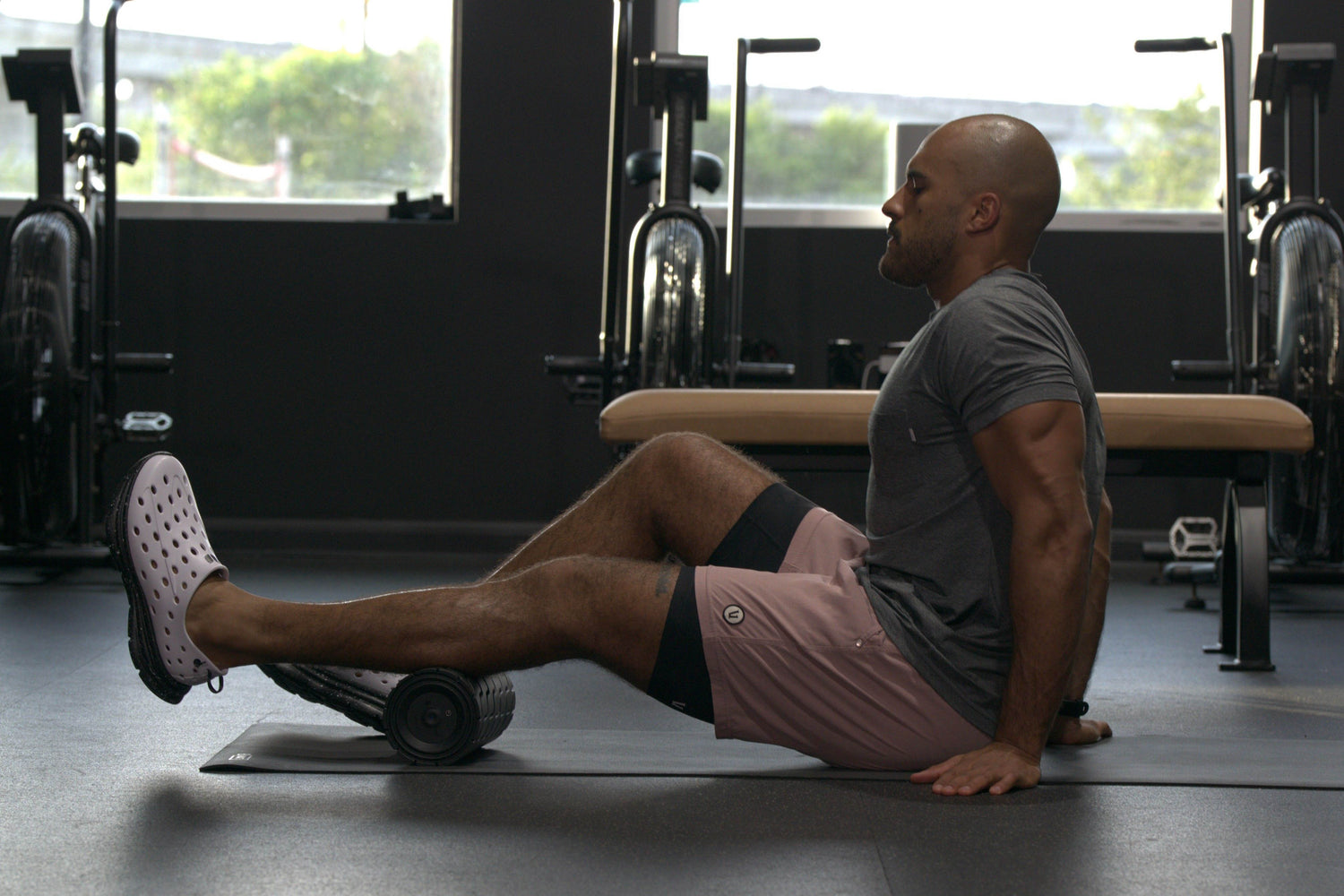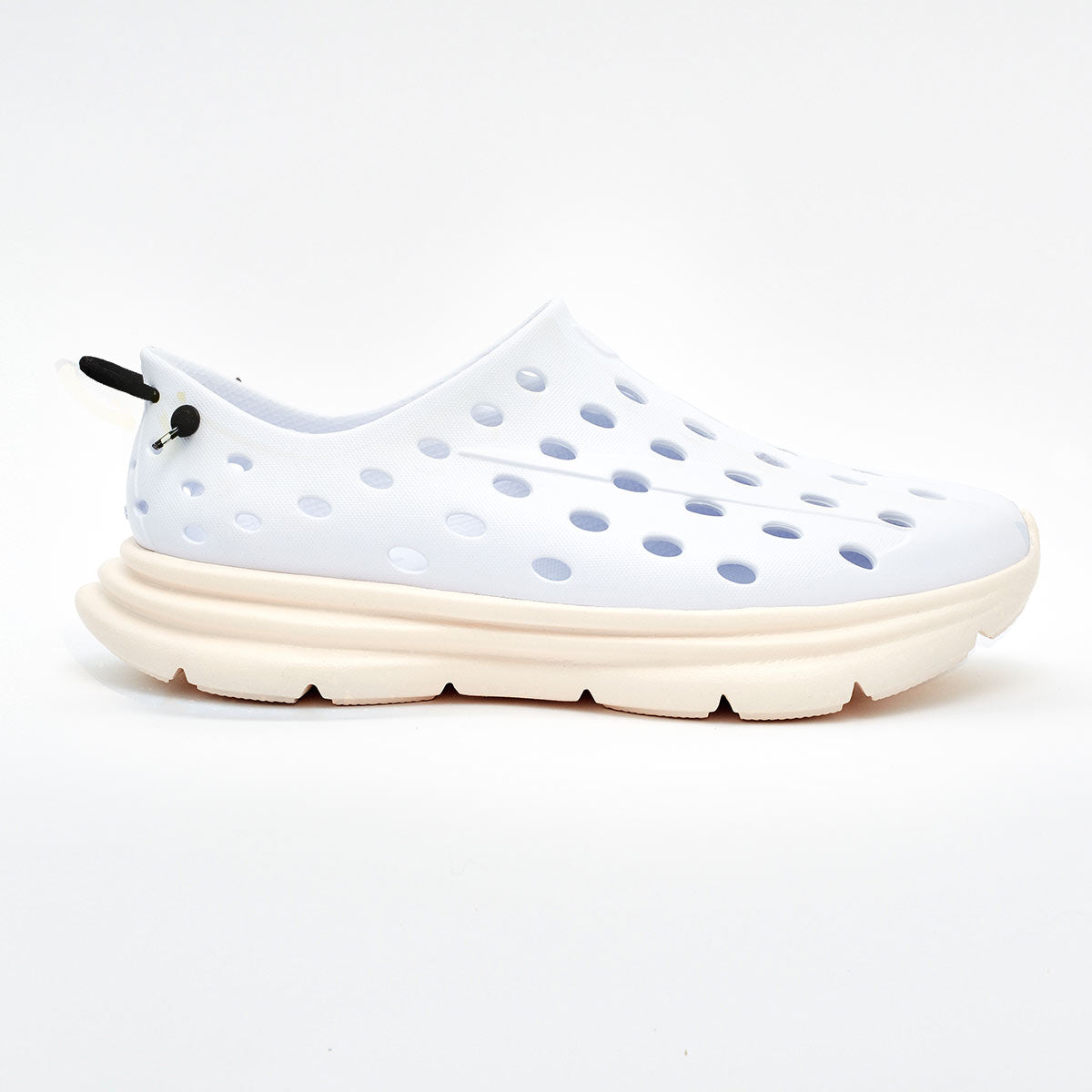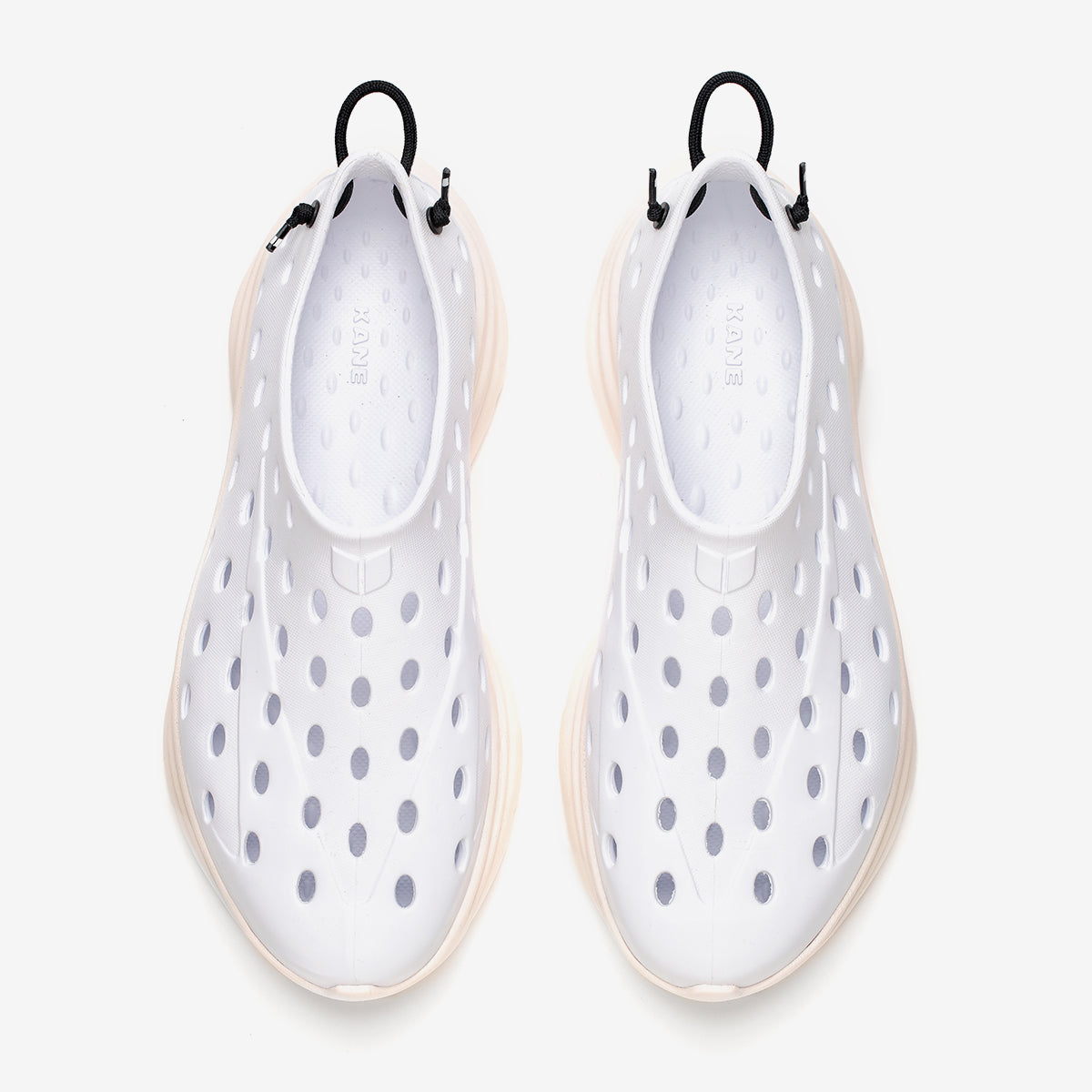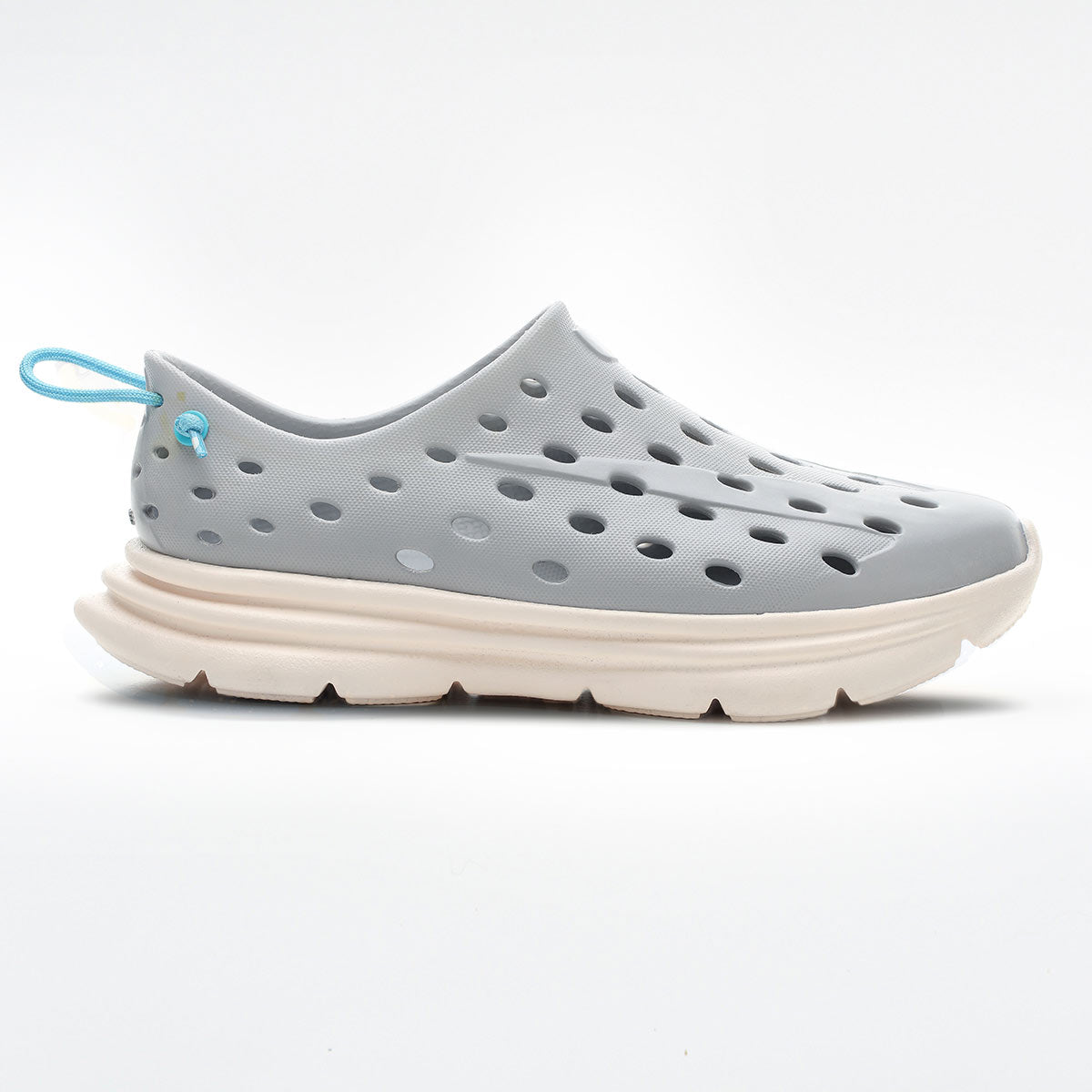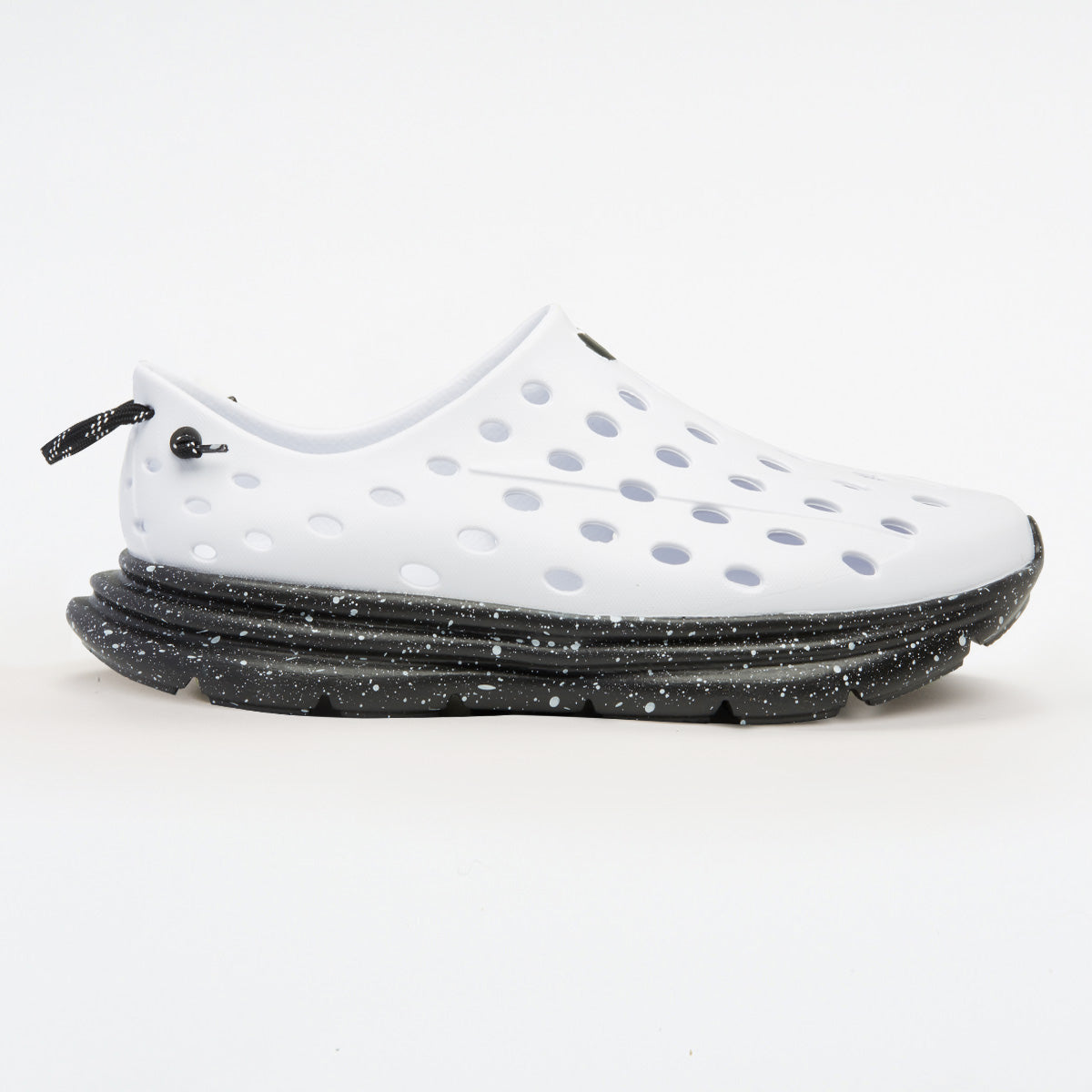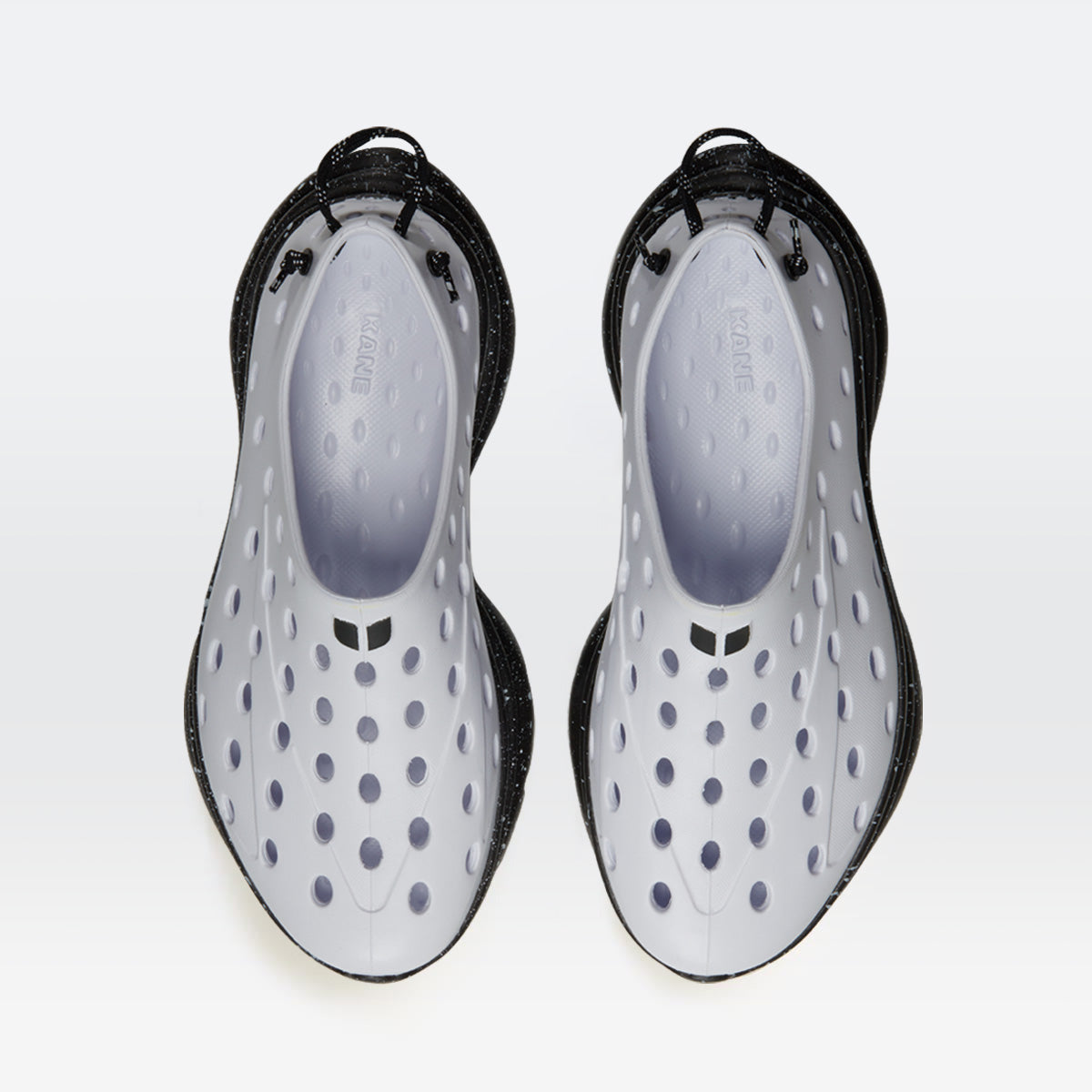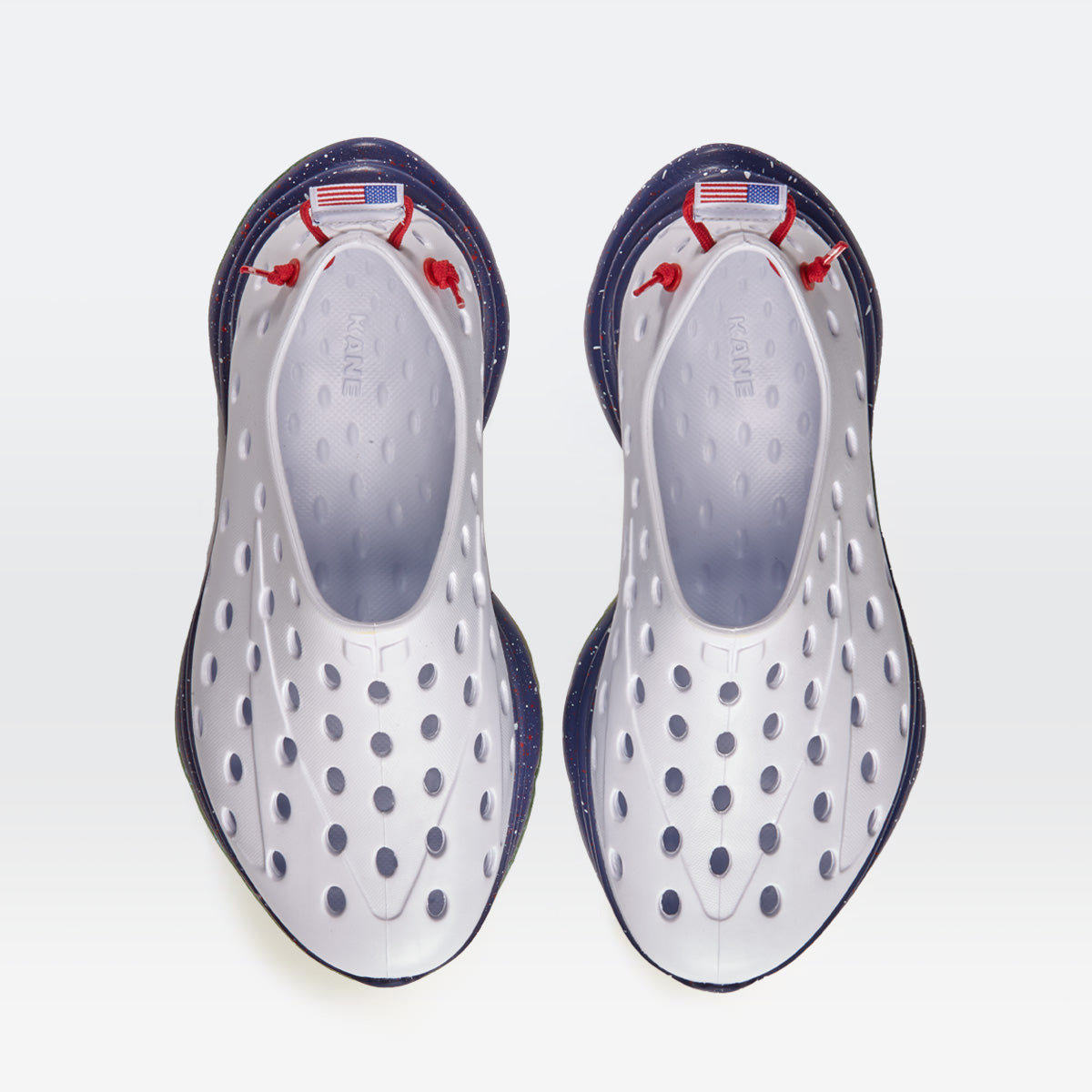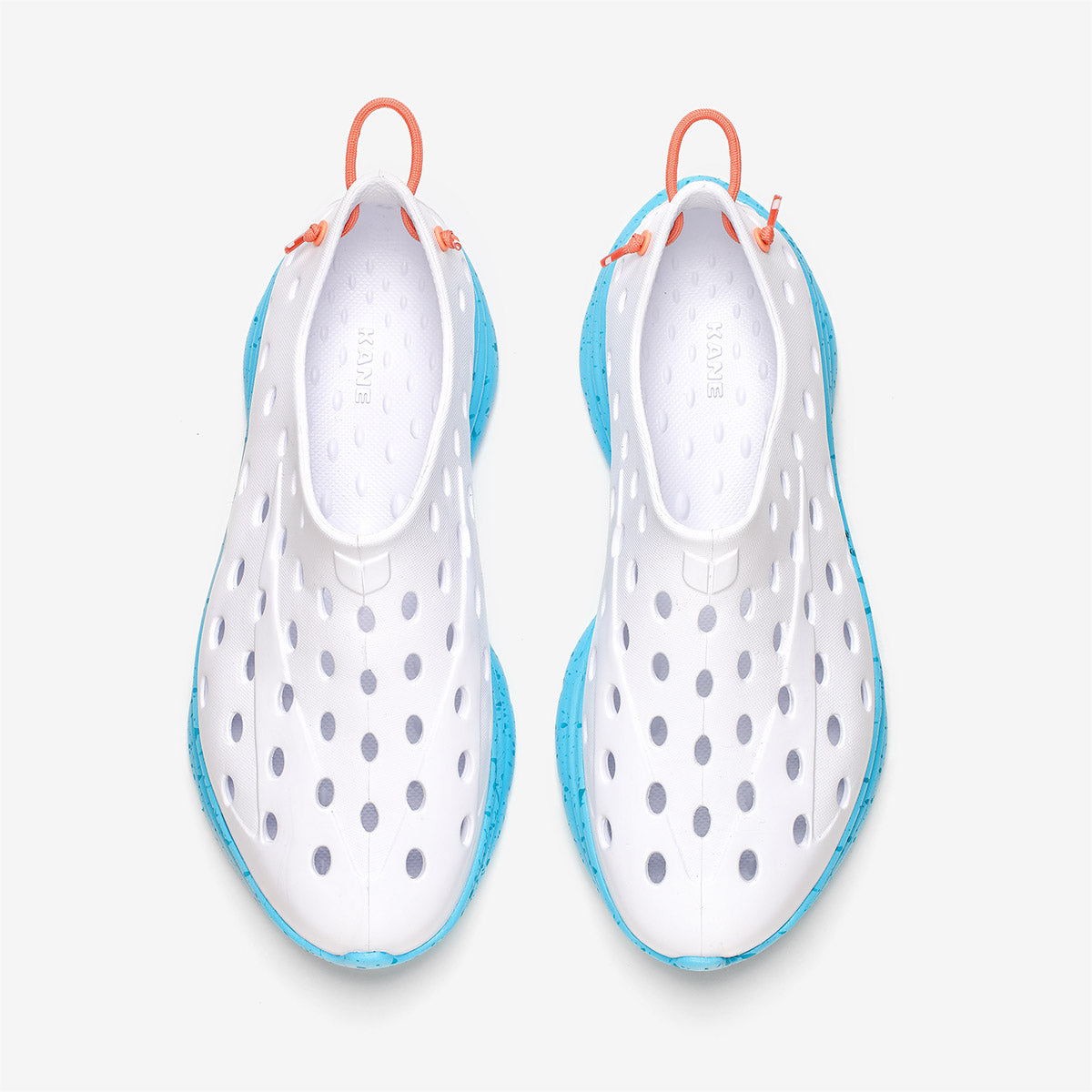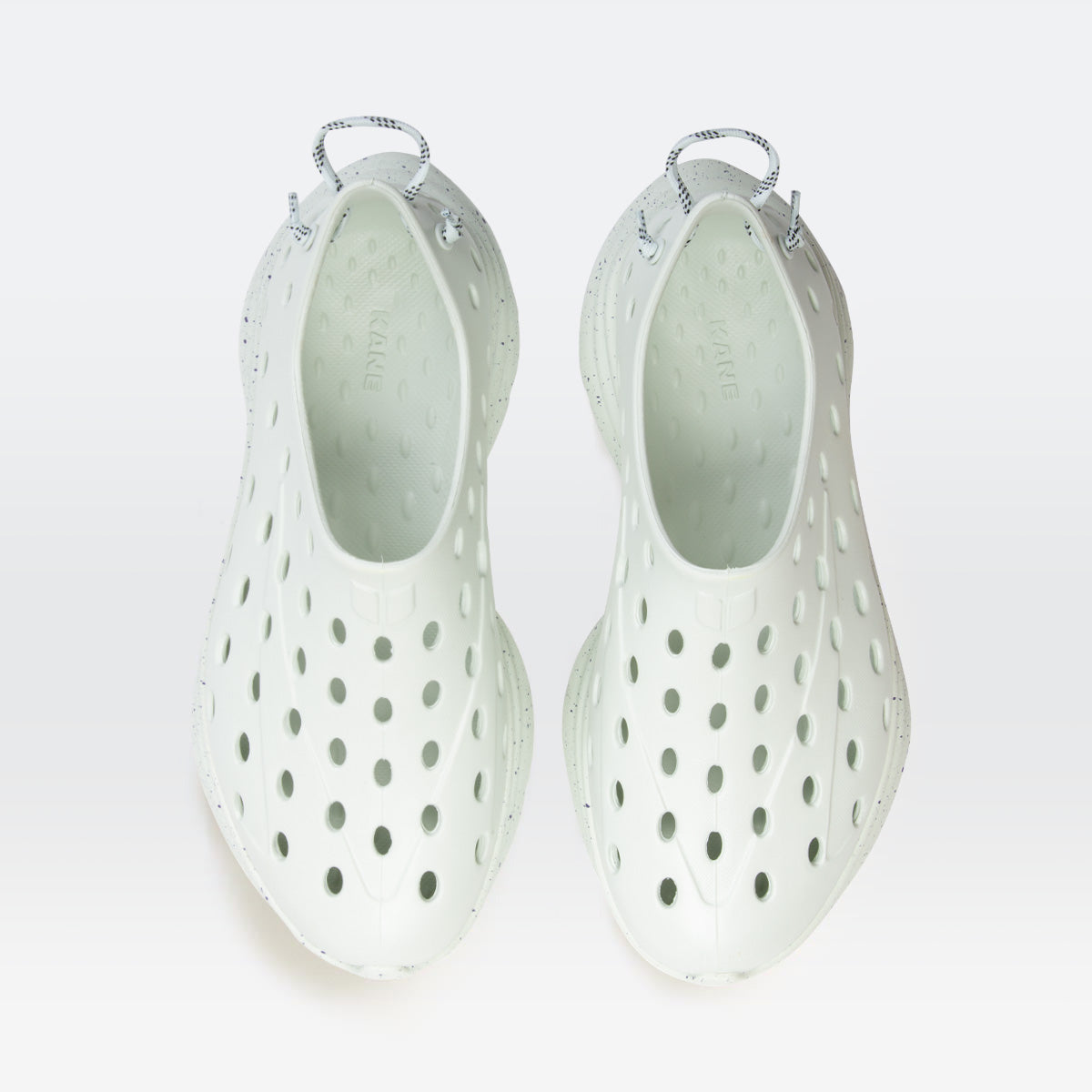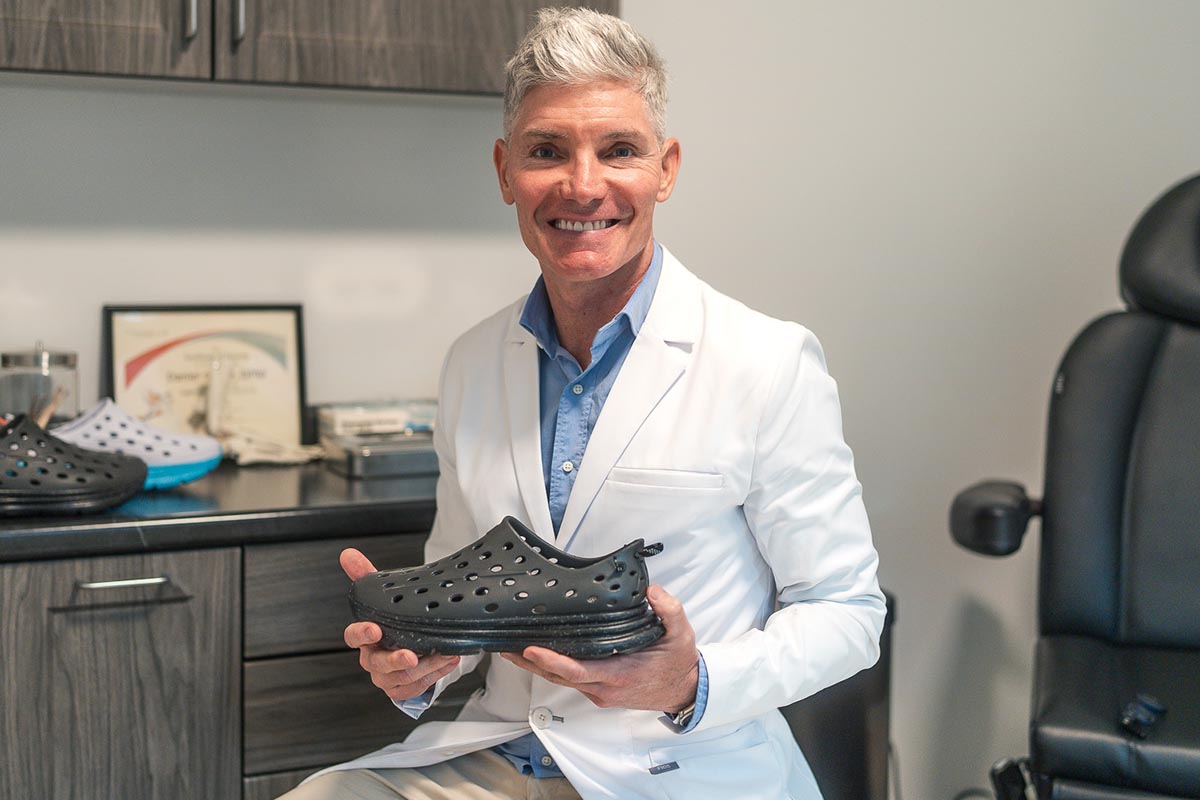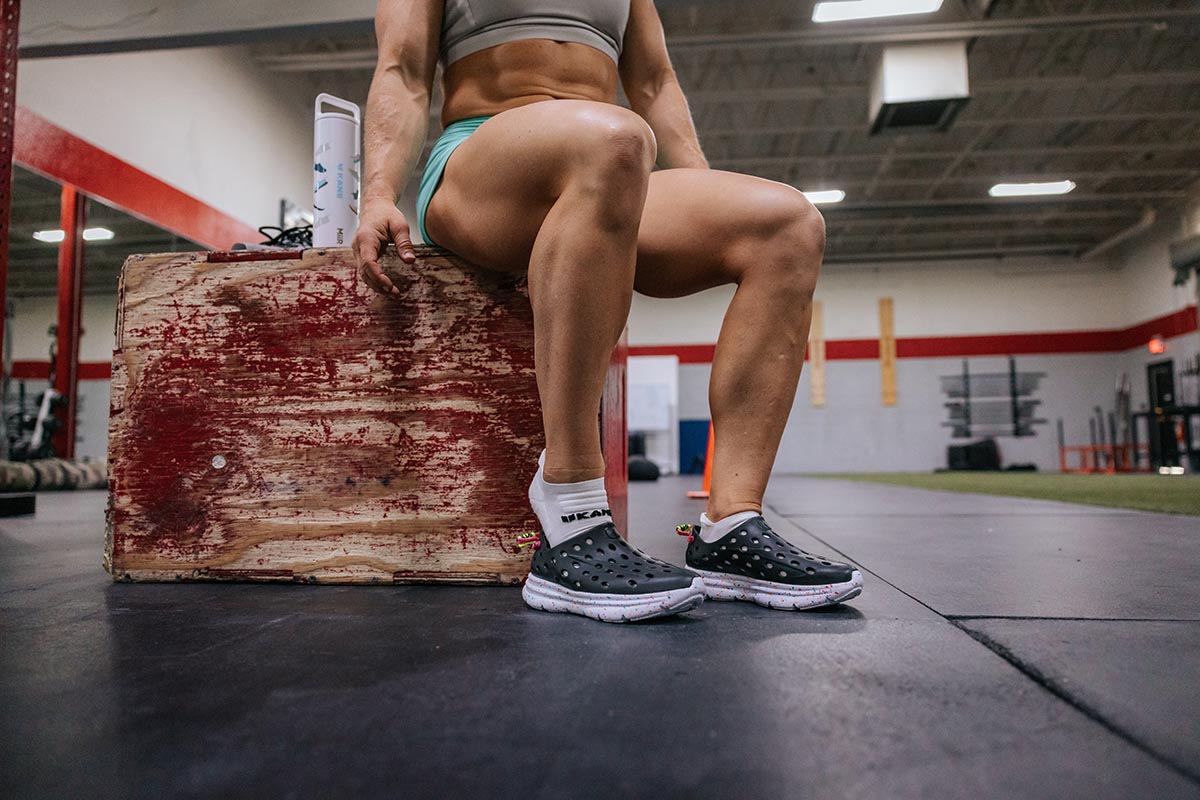There are lots of great reasons to love running. It’s an affordable and accessible form of fitness and is a high-intensity exercise that has many benefits to both body and mind, including:
- Improving cardiovascular health
- Burning calories
- Boosting your mood
- Reducing your stress levels
- Improving your overall fitness
- Providing a sense of accomplishment
That said, running is also a high-impact exercise that puts a lot of stress on the joints, particularly the knees, hips, and ankles. Without proper form and good running shoes, you can end up in a lot of pain. And if you don’t pace yourself and balance your running regimen with strength and flexibility training, your risk of injury and pain increases.
In this blog post, we’re going to look at lower back pain and how running can cause it, as well as some steps to mitigate the risk of lower back pain after running.
Is it a running-related injury or general lower back pain?
This might feel like a moot point: After all, if your back is sore and you run, you want to feel better. Does it really matter if it’s a sports injury or not? Actually, yes, it does. Lower back pain can have many different causes. In women, for example, lower back pain can be connected with pregnancy or menstrual cramps, uterine fibroids, and other reproductive issues.
Other, more general, non-sports-related, issues that may cause lower back pain include:
- Herniated disc
- Degenerative disc disease
- Osteoarthritis
- Spinal stenosis
Therefore, it is worth seeking to understand if your lower back pain is directly connected to your running regimen or if it could have another cause. Seeing a doctor is never a bad idea!
Common causes of lower back pain (LBP) in runners
If your pain is connected with running, here are some of the more common reasons runners may experience lower back pain (LBP.)
Overuse (aka the importance of rest days)
Running too much or too frequently without proper rest and recovery can cause overuse injuries to many parts of the body, including lower back pain.
Running puts significant strain on the muscles, joints, and bones, so adequate recovery time, or rest days, are key. Here are a few reasons why rest days are so important:
- Recovery: Rest days allow your body to recover by repairing damaged tissues and building new muscle fibers. This helps to prevent injury.
- Injury prevention: Overuse injuries such as stress fractures, tendinitis, and muscle strains are common among runners. Rest days can help to prevent these injuries by giving the body time to heal and recover.
- Mental health: Let's not forget the mind/body connection. Rest days can also be beneficial for mental health by providing a break from the physical and mental demands of running. You may find your motivation to run lasts longer when you give yourself a regular day off.
- Performance improvement: Yep, you'll actually perform better! When the body is given time to recover, runners can often perform better and see improvements in their speed and endurance.
It's important to remember that rest days don't necessarily mean "doing nothing." You can engage in active recovery, such as stretching, foam rolling, or low-impact exercises like swimming or gentle cycling, to help promote blood flow and aid in recovery.
Gait or running form issues
Gait issues, or abnormalities in the way a runner walks or runs, can cause lower back pain in several ways. Here are some examples:
Pelvic drop
Pelvic drop, also known as hip drop, is a common running form issue that occurs when one hip drops lower than the other during the stance phase of running. This can lead to several problems, including lower back pain.
When the pelvis drops on one side, it can cause an imbalance in the lower back muscles, which can lead to pain and discomfort. The muscles on the side of the dropped hip can become tight and overworked, while the muscles on the other side may become weak and inactive.
Additionally, the drop in the pelvis can cause the spine to twist or tilt, putting additional stress on the lower back. This can lead to strain and tension in the muscles and other structures of the lower back, which can cause pain.
Over time, if pelvic drop is not addressed, it can lead to chronic lower back pain and potentially more serious injuries. Therefore, runners need to work on correcting their running form and addressing any issues with pelvic drop to prevent pain and injury.
Correcting pelvic drop involves a combination of strengthening exercises, stretching, and form drills. A physical therapist or running coach can help identify the underlying causes of pelvic drop and develop a personalized plan to address it.
Over-striding
Overstriding is a common running form issue that occurs when a runner takes a step that is too long, extending the leg out in front of the body instead of underneath it. This can cause the foot to land in front of the body's center of gravity, creating a braking effect and increasing the impact forces on the lower back.
Overstriding can cause lower back pain in a few different ways:
- Increased impact forces: When a runner overstrides, their foot lands in front of their center of gravity, causing a jarring impact with the ground. This impact creates a shock wave that travels up the body, causing additional stress on the lower back.
- Increased vertical oscillation: Overstriding also increases the vertical oscillation of the body, meaning the runner bounces up and down more than necessary. This can cause additional stress on the lower back muscles, leading to pain and discomfort.
- Reduced stability: Overstriding can also reduce a runner's stability, making it more difficult to maintain proper form and putting additional strain on the lower back muscles to maintain balance.
To avoid overstriding and prevent lower back pain, runners should focus on maintaining a cadence of around 180 steps per minute and keeping their foot strike under their body, rather than out in front of it. Additionally, exercises to improve lower body strength and stability can help runners maintain proper form and reduce their risk of injury.
An upright trunk
An upright trunk is a running posture where the runner maintains a straight back, with their shoulders and hips aligned vertically. This kind of running gait can increase stress on the lower back because these muscles are responsible for stabilizing the spine during running. As such, an upright truck can lead to pain and discomfort for some runners.
An upright truck posture can also increase the impact on the runner's body during running. When the body is upright, the legs and feet hit the ground with greater force, which may increase the risk of injury and/or cause pain in the lower back, hips, knees, and ankles.
To avoid lower back pain when running, it's important to focus on maintaining a relaxed posture with a slight forward lean. This can reduce the impact forces on the body and stress on the lower back muscles. Strength and mobility exercises can also help improve running posture and reduce the risk of pain and injury.
Muscle issues
Muscle issues can be a common cause of lower back pain in runners. Running involves repetitive movements, which can put stress on the muscles in the lower back, hips, and legs.
Muscle Strain
Muscle strain is a common injury for runners. When a muscle is strained, the muscle fibers have been overstretched or torn. This can happen due to overuse, sudden movements, or if you have poor form during running.
When a muscle in the lower back is strained, it can cause pain and discomfort in the area. This can make it difficult for runners to maintain good posture and form while running, which can put additional stress on the muscles and joints of the lower back. Over time, this stress can lead to further muscle imbalances, weakness, or tightness, which can exacerbate lower back problems.
Muscle strain can also cause inflammation and swelling in the affected area, which can further contribute to lower back problems. In some cases, the inflammation can compress the nerves in the lower back, leading to sciatica (see below), which is a type of lower back pain that radiates down the leg.
To prevent muscle strain and lower back problems, it's important for runners to properly warm up before exercising, gradually increase the intensity and duration of their workouts, and maintain good form and posture while running. Incorporating strength and flexibility exercises into a regular exercise routine can also help to prevent muscle strain and promote good muscle balance in the lower back and other areas of the body.
Tight muscles
Tight muscles are a common cause of lower back pain in runners. When muscles are tight, they can pull on the bones and joints in the body, causing imbalances and altering the mechanics of movement. This can lead to poor posture, altered gait, and increased stress on the lower back.
In runners, common areas of muscle tension that can contribute to lower back pain are the:
- Hip flexors
- Hamstrings
- Gluteal muscles.
When these muscles are tight, they can cause the pelvis to tilt forward or backward, which can put additional stress on the lower back muscles and joints.
Tight muscles can also lead to muscle imbalances, where certain muscles are stronger and more developed than others. This can further contribute to poor posture and altered mechanics of movement, increasing the risk of lower back pain.
To address tight muscles and prevent lower back pain, runners can incorporate stretching and foam rolling into their routine. This can help to loosen up tight muscles and improve flexibility, which can reduce the strain on the lower back muscles and joints.
It's also important to incorporate strength training exercises to promote good muscle balance and improve posture and gait. A physical therapist or other healthcare professional can guide an appropriate stretching and strengthening program tailored to individual needs.
Muscle imbalances
Muscle imbalances occur when certain muscles are stronger or more developed than others. In runners, muscle imbalances can often occur in the lower body, including the hips, glutes, and legs. These imbalances can lead to altered mechanics of movement, poor posture, and increased stress on the lower back muscles and joints, which can result in lower back pain.
Muscle imbalances can also lead to compensation patterns, where other muscles and joints are forced to work harder to compensate for the imbalances. This can further exacerbate the stress on the lower back and increase the risk of injury.
Weak core muscles
The muscles of the core, include the abdominal muscles and muscles of the lower back. They are key muscles in stabilizing the spine and maintaining balance when running.
If you have weak muscles in your core, you may end up with poor running posture (see gait issues) and this puts increased strain on the lower back muscles. Working with a physical therapist or other healthcare professional can also help develop a safe and effective core strengthening program.
Sciatica
Sciatica can cause lower back pain in runners because the sciatic nerve (which runs from the lower back down through the legs) is located close to the lower back muscles and can be affected by any injury or inflammation in that area.
Specifically, sciatica can cause lower back pain in runners in a few different ways:
- Compression of the sciatic nerve: The sciatic nerve can become compressed or pinched due to a herniated disc or other spinal condition, leading to pain and discomfort in the lower back.
- Muscle imbalances: Sciatica can cause muscle imbalances in the lower body, leading to compensatory movements and increased stress on the lower back muscles.
- Inflammation: Inflammation of the sciatic nerve can cause pain and discomfort in the lower back, as well as in the legs and feet.
Symptoms of sciatica can vary but commonly include sharp or shooting pain in the lower back, buttocks, and legs, as well as tingling or numbness in the affected area.
How to help lower back pain: Physical therapy, good running shoes, and more…
Throughout this post, we’ve mentioned some tips for relieving and treating lower back pain. Of course, the treatment plan will depend somewhat on the cause. If you’re experiencing severe, or ongoing, lower back pain, it’s a good idea to seek medical treatment - whether that’s from your doctor or a physical therapist. While they may prescribe pain relievers to address the immediate pain, in general, here are some of the long-lasting practices to help with low back pain:
- Wear good running shoes: Wearing the right shoes can help correct gait issues such as overpronation or supination. A professional fitting or gait analysis can help determine which type of shoe is best for your specific needs.
- Warm-up: Warming up with stretching exercises before running helps prepare the body for exercise by gradually increasing heart rate, blood flow, and body temperature. This helps reduce the risk of injury and improves performance by priming the muscles and joints for activity.
- Cool-down: Cooling down after running helps the body gradually return to its resting state by lowering heart rate and blood pressure, and preventing blood from pooling in the legs. Gentle stretching exercises help reduce the risk of injury and stiffness and promote recovery.
- Take rest days: We covered the benefits of rest days earlier (in the section about overuse), but it's worth reiterating: Rest days are crucial for runners! They give your body essential time to recover from the physical stress of running. Even if you love it and want to run every day, running puts a significant amount of strain on the muscles, joints, and bones. Without adequate recovery time, runners can experience fatigue, pain, and injury.
- Physical therapy to address gait issues: If you're a committed runner, having a physical therapist can be a difference-maker. Your physical therapist can assess your gait and overall movement patterns and perform tests to identify any issues that could be causing low back pain. Based on their assessment and diagnosis, they'll develop a customized treatment plan that will help you get the correct running form.
- Address core weakness: The core and hip muscles are crucial for proper alignment during running. Exercises that target these muscles, such as planks, bridges, and clamshells, can help improve stability and reduce strain on the lower back. A physical therapist or trainer can help you find the right program to develop core strength. As with any exercise program, always start light and work your way up!
- Gradually increase your intensity and volume: We get it: You have grand ambitions to run 5k, then 10k, maybe a half marathon, or even a marathon. You can do it! But get there gradually. Slowly and steadily increasing the intensity and volume of running can help prevent overuse injuries and reduce the risk of lower back pain.
While there’s no denying that running is an intense and high-impact form of exercise, taking sensible steps can greatly reduce your chances of injury. If you’re in severe pain, don’t ignore it. At the very least, take a rest day. If it worsens or stays with you for a prolonged time, seek professional medical advice.
Discover Kane Recovery Shoes
The Kane Revive shoe provides superior support coupled with precise biomechanics. The proprietary blend of EVA, a 10mm heel raise, and arch support ensure an easy transfer from heel to toe, allowing foot and leg muscles to recover. Check them out here.
Don’t ignore the pain
Finally, runners can sometimes be tempted to “run through the pain” — runners can be a pretty hardcore bunch and flat-footed runners are no different! But it is foolish to ignore any pain that might worsen and require an even longer rest and recovery period. In general, always see a healthcare provider if you experience pain in the feet that is:
- Acute - preventing mobility or keeping you awake at night
- Persistent - lasting for many days and not responding to RICE therapy
- Worsening - getting worse instead of improving
Also, know that flat feet may cause pain elsewhere including heel pain, pain in the knee joints, lower legs, and more. No matter where the pain occurs, seek help.
A doctor can perform a physical examination, order imaging tests if necessary, and provide a diagnosis and treatment plan to help you manage foot pain and continue running safely.







